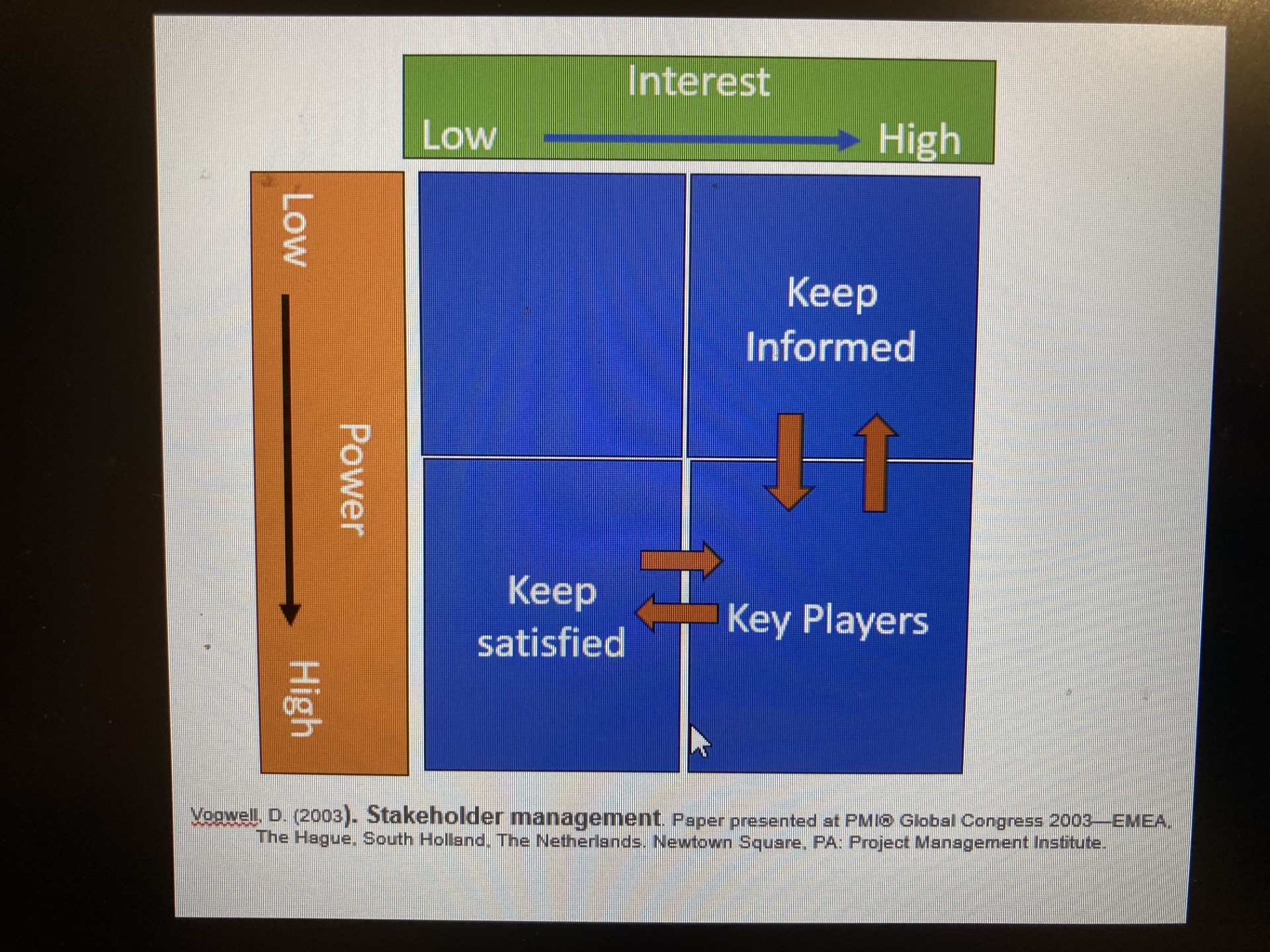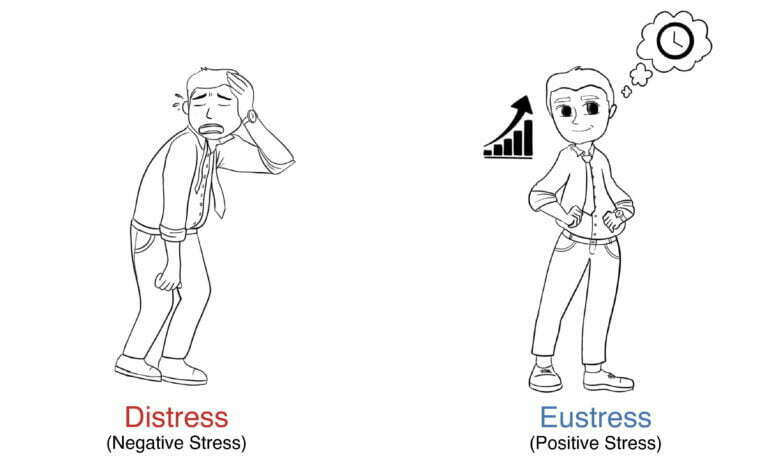Who is your primary communication target when leading a project?
In my previous life as a marketing manager, my focus was almost entirely on customers or potential customers. It was only later in my career that I realized I had overlooked an even more important, more influential group — stakeholders!
Who are project stakeholders?
While preparing for my Project Management Professional (PMP) exam, I was reading the PMBOK® guide when it struck me that there was an entire chapter on stakeholders. The guide defined them as follows:
“an individual, group or organization that may affect, be affected by, or perceive itself to be affected by a decision, activity, or outcome of a project, program, or portfolio”
In other words, a stakeholder is anyone who has something to gain — or lose — from the outcome of your project. Stakeholders can be both internal and external. They may remain the same throughout your project, or you might have different stakeholders during different stages.
Stakeholders may include resource managers, senior executives, investors, owners, vendors and government agencies. If a project has multiple key stakeholders, there are bound to be differing interests and opinions in play.
Communication is key to success
As you can see, many stakeholders may not be directly or regularly in touch with the project manager — which is why they often get overlooked! As the person leading the project, you will need to consciously identify your key stakeholders and build strong relationships with them. Keeping these individuals and groups well-informed and managing their expectations is vital to the success of your project — it shouldn’t be treated as an afterthought.
I wish I had learned the value of fully understanding the importance of stakeholders earlier in my project management career. I might have avoided struggling with the implementation of one project in particular, which faced issues due to contradicting strategic priorities of senior management. Having better grasped the stakeholder dynamics at hand, I could have designed a different outreach and communication plan to manage the impact of diverging strategic priorities. Proactive, thoughtful communication with those stakeholders would certainly have benefited my own efforts.
Without stakeholder management, even the best and most thorough project management can be hampered and derailed. Your key stakeholders have the power to make or break the project. Ultimately, if your stakeholders aren’t satisfied, then the project can’t be considered a true success.
A sponsor to champion your project
I have also learned that having a project sponsor can be a game-changer. A sponsor can advocate for the project and the team and speak to senior management on their behalf. Since they are usually from another department and not involved in the nitty-gritty of the project, they bring a set of fresh eyes, making it easier for them to identify roadblocks, untapped resources or potential synergies.
Back to the fundamentals
Revisiting the theory of project management isn’t just an exercise de style — a “stylistic exercise”, as we say in French. It is an opportunity to re-learn concepts we may have forgotten or ignored, which can strengthen our effectiveness in the real world. It is also a reminder of what is at stake.
When I work with project managers and teams, I make it part of our mission to go back to some of the basics — including stakeholder management. Using my knowledge and experience, I help my clients adapt the theory to their own context and leverage it to improve results.
As Confucius said, “Experience is a lantern that you carry on your back and that only lights up the path you have traveled.”
So, are you ready to start thinking about your project stakeholders? Let’s discuss your analysis and come up with a strategy to manage them effectively!



